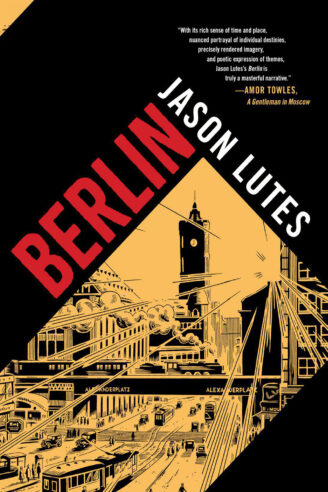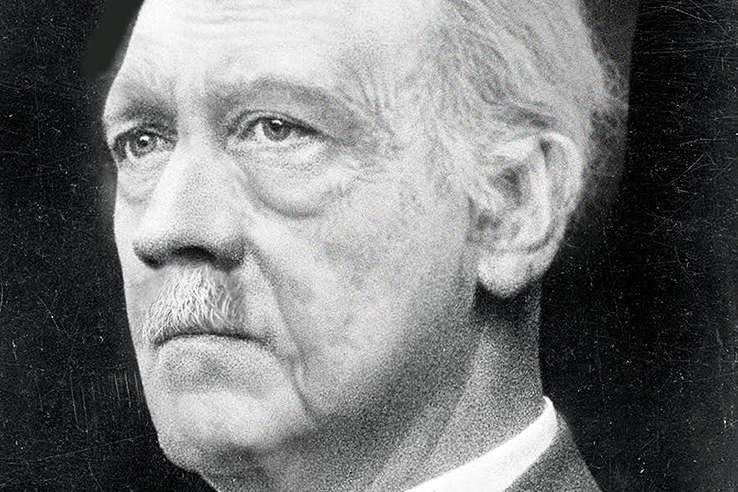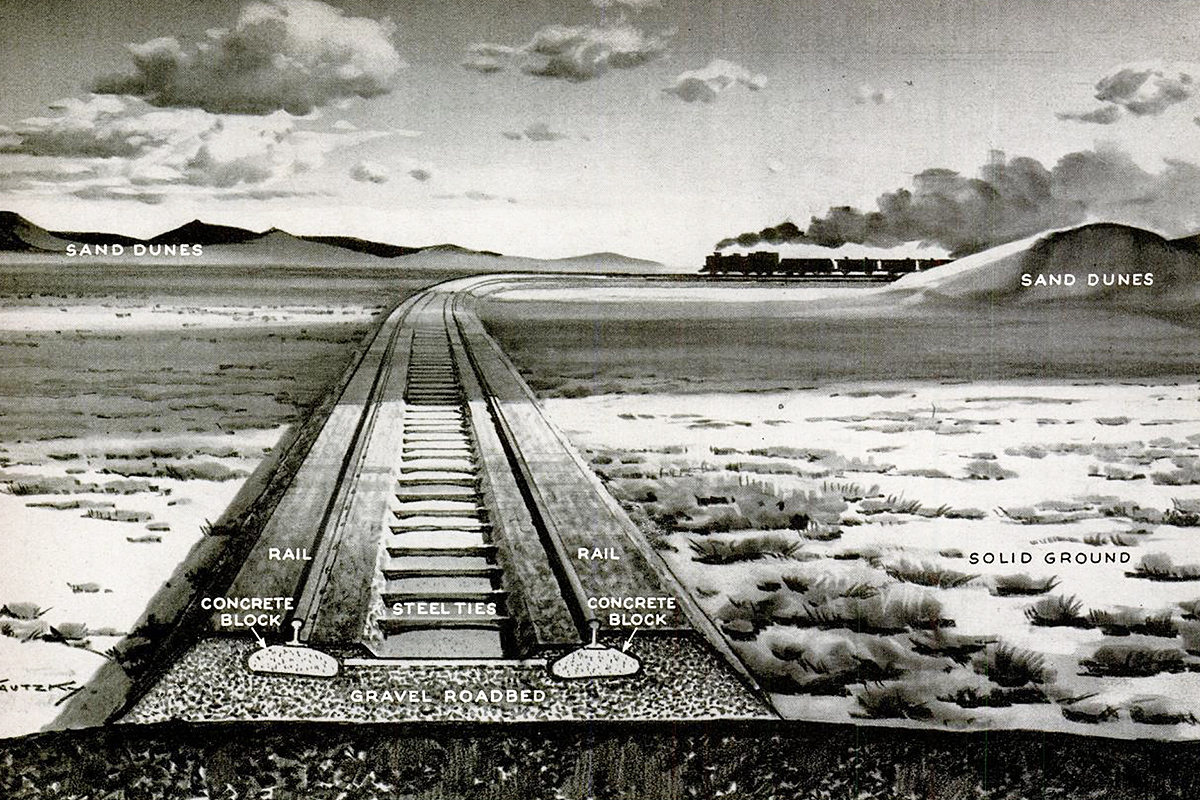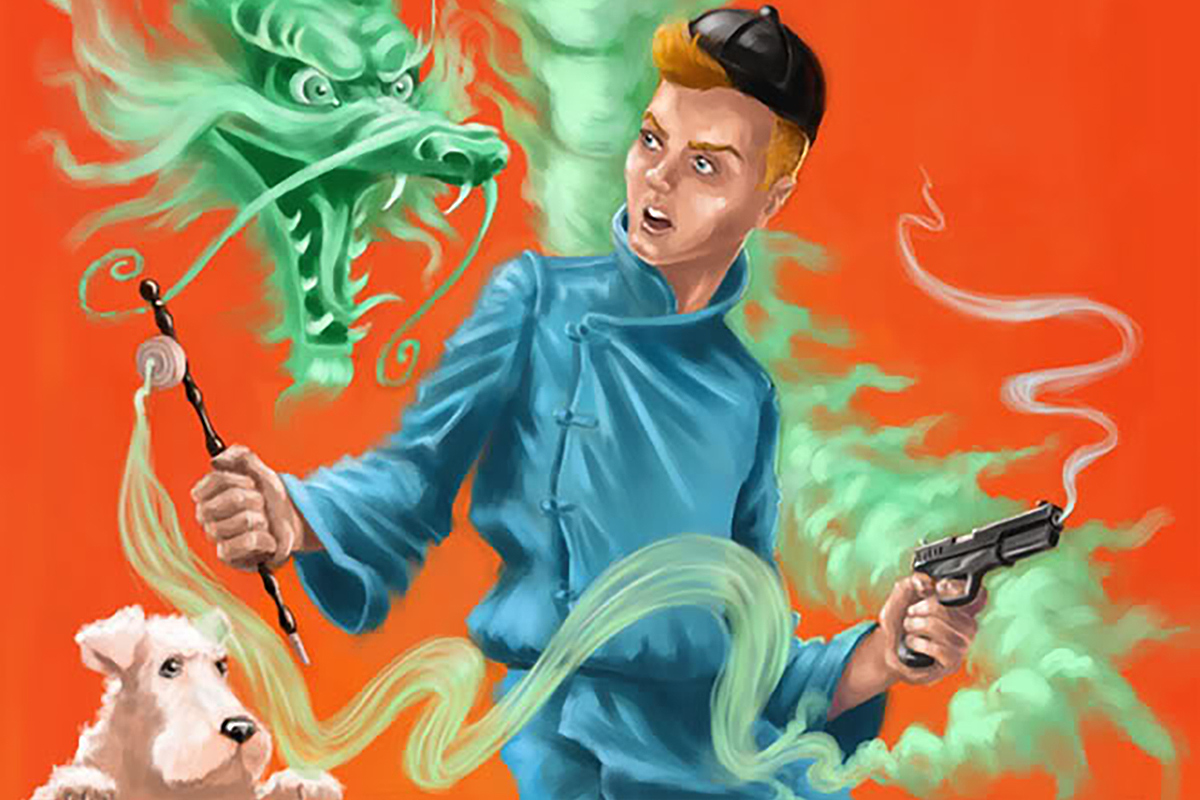The Weimar Republic is remembered mostly for the carnage that succeeded it, once the Nazis had been able to exploit its contradictions and plunged Europe into genocide and war. Jason Lutes’ behemoth graphic novel Berlin gives the period between the fall of the Kaiser and the coming of the Führer its due by focusing on the vibrance of the culture that flourished in the German capital.
There are a good many characters in Berlin. The sprawl is reminiscent of a James Michener or an Edward Rutherfurd novel. Many are bohemian and many are working-class, and some are not German. One interesting subplot involves African American musicians who have come to the city on tour. This is not a city that is maudlin and host to only cheap drama; Lutes makes Berlin come alive. You meet artists in their parties (some behind closed doors), political activists and trade unionists.
The splendor of the artists and their circles is shown to rest uneasily on top of an explosive political situation. There are massacres and brawls, the latter often involving police and paramilitaries of differing ideologies. It is a contrast that Lutes draws out and interrogates extensively: between luxury and blood spilling in the streets.
All of this is made more impactful by the strength of Lutes’ art. Berlin is drawn almost entirely in black and white, giving a strong visual contrast between light and dark. It is an attribute Lutes wields with expertise. The style feels simple until it blindsides you with immense emotional impact, including once you notice the one thing Lutes does color.
The emotional timbre of Berlin grows steadily darker for obvious reasons. It is the chronicle of a day of the jackboot preceded by frantic revelry. It is a work of great and varied emotion, reminding you that a time such as Weimar Germany was not merely the dress rehearsal for the more infamous events that followed, but a lively and all-too-human time of its own.





